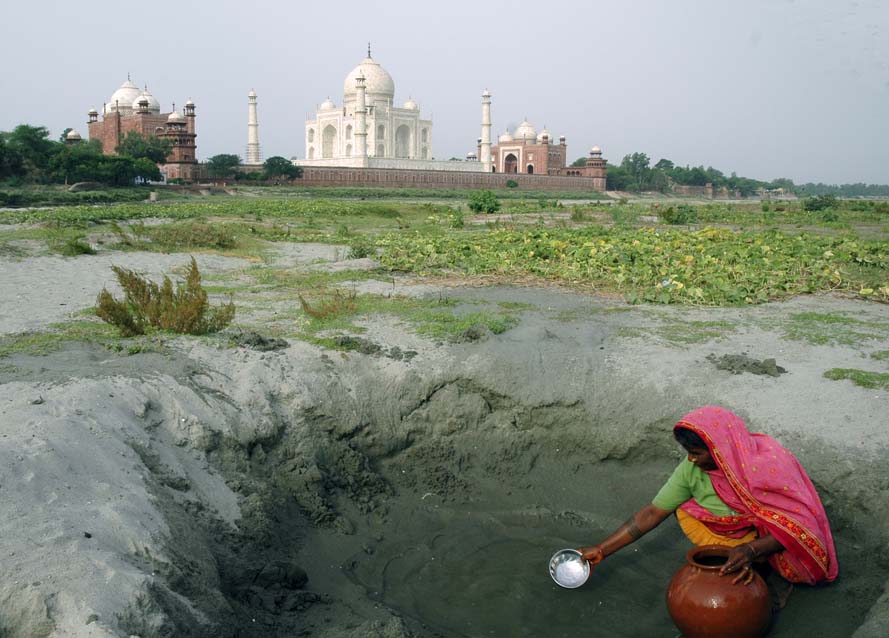FWP:
SETS == A,B; PARALLELISM
This verse and the other five in the whole original ghazal feel almost like a verse-set, though they are not identified as such in the tradition. Their mood, their theme, their grammatical structure, could hardly be any more similar. The parallelism is so radical that in every one of the verses, the first line is a kind of free-floating image with no verb at all, and the second line is a stylized identification ('I am the such-and-such of the so-and-so ones') that doesn't permit us to nail down any single grammatical or semantic connection with the first line. (There's also the issue of this whole ghazal's being basically macaronic: for discussion, see {37,2}.)
The present verse is a good example: we can see that the two lines have similarly evocative imagery, and a common mood, so that they surely connect. But how exactly? One way of connecting the lines would be to imagine a pilgrimage place in the Hindu sense of a sacred river. The bank of a river is itself dry, but it is constantly lapped by waves, so it may seem to 'drink'; thus it might be like a lip; moreover, its curving shape might be likened to that of a lip.
So does the speaker somehow represent a place of vain pilgrimage-- a riverbank next to a dried-up, waterless 'river'? That would work well with the image of the dry lip of those who have died of thirst. Is he essentially (metonymically?) a dry lip, so that he resembles a riverbank of vain pilgrimage? Is he the ultimate sufferer of vain longing, and thus a sort of culture hero for other lovers, so that he becomes a pilgrimage place in his own right?
No matter how we play with the imagery, the first line remains unmoored. We essentially have three entities in the verse: a 'lip' in the first line, and 'I = pilgrimage-place' in the second line. The relationships here remain murky, and there really doesn't seem to be any way to elucidate them precisely.
Surely, in this verse and the next one both, the powerful
image in the first line works not despite, but because of, its unmooredness.
It hovers over the second line. The result is a pervasive effect of mood,
and the atmosphere created by its vagueness and mystery is what makes the
verse work.

Nazm:
In the first line, 'I' is omitted. And thirst is a metaphor for intensity of longing and ardor. (36)
== Nazm page 036